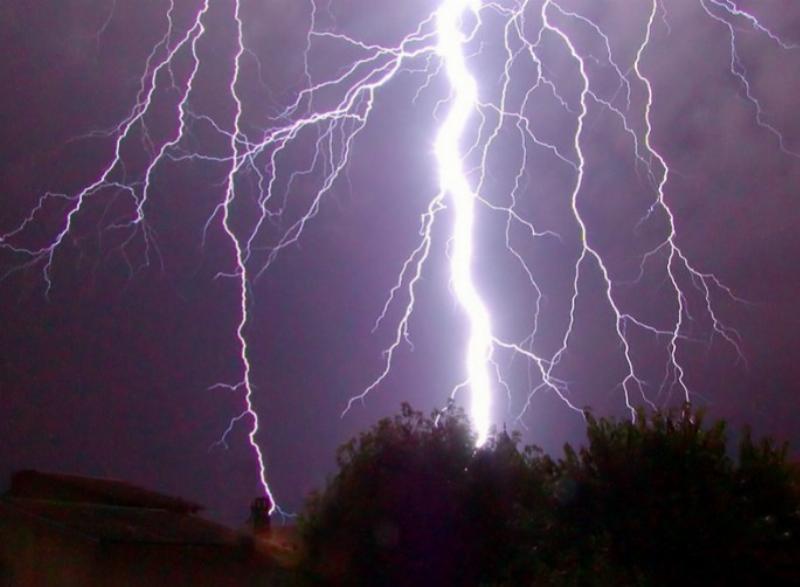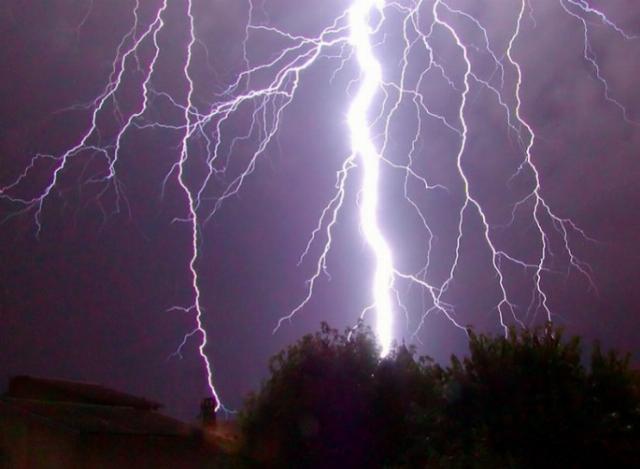


As a matter of principle, I believe in the limited role of the government in the lives of its citizens. However, there are activities that the central government is better equipped to manage: national security, foreign relations, immigration, and interstate transportation, just to name a few. There is one other critical issue that affects national security, the economy, foreign relations, health care, and every other aspect of the lives of every American: the supply of electricity.
The central government in the U.S. plays little role in managing the supply of electrical energy in the U.S. Yet the electrical grid in the U.S. is interconnected, and what happens in one area of the grid directly affects other grid operations. The composition and operation of the electrical grid in the U.S. is convoluted and complicated.
To understand how the supply and demand of electricity is managed in the U.S., it is necessary to learn a few basic industry terms. The supply of electricity is provided by system generators; a system generator could be a nuclear power plant, a fossil fuel plant, a hydroelectric plant, a wind turbine farm, or a solar voltaic cell assemblage (commonly known as a solar power plant). System generators are typically owned by public utilities, although independent power producers can produce electricity, which is often sold to public utilities or directly to end users. The demand for electricity by customers within the geographical area of the operation of a public utility is managed by that utility through a distribution network comprising interconnected transmission lines, substations, transformers, switches, and other electrical equipment to provide the customer with the proper voltage and current for their particular electrical requirements. Public utilities provide more than 80% of the demand for electricity in the U.S.
The distribution networks of public utilities in certain geographical areas are “tied together” through a system of electrical interlocks (switches) in what are known as Regional Transmission Organizations (RTOs) or Independent System Operators (ISOs). The RTOs and ISOs are non-profit entities regulated by the Federal Energy Regulatory Commission (FERC) and charged with “making markets” (managing the supply, demand, and pricing of electricity) between multi-state regions or single states. Pricing between RTOs and ISOs constantly changes as a function of supply and demand and is based on a complicated matrix of variables such as location constraints, transmission constraints, generation mix, and contractual requirements.
To say there are several structural issues that can affect the flow of electricity between RTOs and ISOs would be an understatement. The U.S. commodities market serves as a strong analogue for the pricing and supply of electricity in the U.S., with one major exception: Electricity cannot be stored in any significant quantity. It must be produced and consumed simultaneously.
There are seven major RTOs and ISOs that manage about two thirds of the distribution of electricity in the U.S.: PJM Interconnection (13 states in the Mid-Atlantic and Midwest), MISO (15 states in the Midwest and South), SPP (14 states in the Central U.S.), CAISO (California and parts of Nevada), NYISO (New York), ISO-NE (six New England states), and ERCOT (Texas). There are three main national grids that are interconnected: the Eastern Interconnection (Eastern grid); the Western Interconnection (Western grid); and the Electric Reliability Council of Texas (ERCOT), which oversees the operation of the grid in Texas.
If all of this seems overly complicated, it is — and it gets worse. The public utilities supply the RTOs and ISOs, which coordinate the interconnection of the Eastern, Western, and ERCOT grids. The public utilities are controlled and regulated by state public service commissions (PSCs), which set rates and approve or deny infrastructure investments such as new power plants, transmission lines, and pipelines. However, the PSCs take these actions in a vacuum without considering the demand for electricity in the rest of the country. Their charge is to consider the demand, supply, and economics of electricity generation in their respective states, not the Eastern Grid, Western Grid, ERCOT, or the U.S. as a whole.
In 2020, California imported about 25% of its demand for electricity from Oregon, Washington, Nevada, and Arizona due to the capacity limitations of the three utilities that serve the State (Pacific Gas and Electric, Southern California Edison, and San Diego Gas and Electric). These capacity limitations resulted from the closure of fossil fuel plants and environmental restrictions imposed by regulatory authorities in California to meet climate change standards. New England, New Jersey, and New York combined imported about 30% of their demand from either neighboring states or Canada. Many utilities in PJM and MISO import electricity from TVA and the Southern Company System due to power plant closures to comply with environmental standards or the retirement of fossil fuel plants to meet climate change standards.
U.S. electricity consumption increased in 2024 and is forecast to grow 2–3% annually over the next ten years. The unknown in this equation is the growth of power consumption related to A.I. data centers. In the U.S., A.I. data centers accounted for more than 4% of all U.S. electricity use in 2023, according to the Electric Power Research Institute, and could more than double to 9% by 2030. One A.I. data center could use as much power as 50,000 U.S. households.
The Federal Power Act of 1920, amended in 1935, explicitly reserves generation facility decisions to the states. No federal agency can require a utility to build a power plant. PSCs base their decision to allow state utilities to build new capacity on “long term forecasts of supply/demand,” known as IRPs. Although IRPs can include forecasts for electricity exports, the PSCs cannot approve plants solely for exports if it harms in-state service (supply shortage to in-state users) or causes rates to rise (contract pricing for exports above existing state rates).
In conclusion, more states are importing electricity from neighboring states instead of building generating capacity in their own territories. The reasons include state climate change regulations, EPA environmental standards, the high capital cost of new power plants, and public opposition to the construction of any new power plant. There is no national strategy to ensure that the total U.S. power grid demand will be met in the future. The prospect of the “domino effect,” where adjacent grid overloads cause a blackout of a substantial portion of the U.S. electrical grid, is very real.
One solution would be to require state utilities to build sufficient capacity to supply 100% of their current and projected electricity requirements through in-state generation. Imports would be used only short-term, to serve customers in the case of an unanticipated forced outage of a generating facility in the grid.
Guy K. Mitchell, Jr. is the author of a book titled Global Warming: The Great Deception — The Triumph of Dollars and Politics Over Science and Why You Should Care. It placed #3 on the Wall Street Journal’s Top Ten Best Selling Book list in April 2023. www.globalwarmingdeception.com

